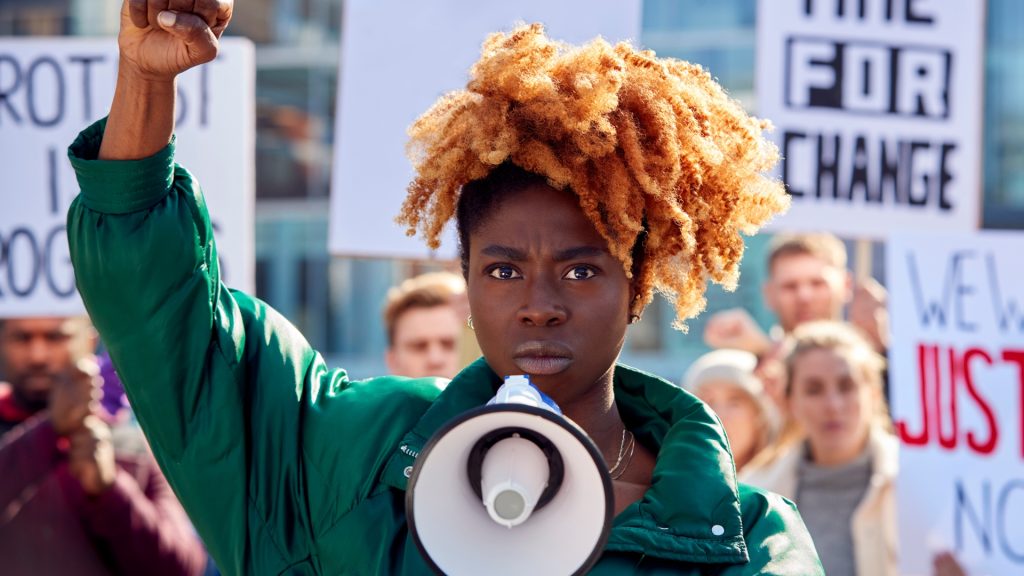The underrepresentation of Black-owned media outlets within the media industry is a longstanding issue that has far-reaching implications for cultural representation and diversity. These outlets have historically played a significant role in shaping and driving popular culture, often serving as important platforms for marginalized voices and perspectives.
Despite their cultural influence, the amount of media dollars allocated to Black media outlets is still disproportionately low, as evidenced by a recent article published via Ad Age. While Black-owned media observed growth in overall spending within their market between 2021 – 2022, spending on these networks made up only 1.16% of total ad spend in 2022.
The lack of investment isn’t just an oversight, it’s a systemic issue rooted in racism and institutional bias. The issue becomes glaringly obvious when you consider the impact of Black-owned media on culture and society at large.
Black media outlets have long been at the forefront of highlighting the Black community’s experiences, achievements, and challenges. They provide spaces for meaningful dialogue and storytelling, addressing issues such as systemic racism, social justice, and empowerment.
The true value of Black media can be seen by reflecting on some of the major moments of civil unrest in the United States, specifically within the Black community. From the 1992 LA Riots to 2020’s countrywide wave of civil unrest, these heated demonstrations triggered by racial injustice were inaccurately reported in mainstream media. Corporate media outlets created narratives that portrayed the Black community as violent, unreasonable, and driven by greed.
In stark contrast, Black-owned media outlets, including Blavity Inc., became a source of truth for the Black community, offering moment-by-moment reports based on fact rather than prejudice. Through this coverage, Black-owned media brings attention to important social and political movements, contributing to the broader cultural discourse shaping public opinion.
However, the limited investment in Black-owned media has created barriers to its growth and sustainability. Independent media outlets have considerably lower financial resources than mainstream media. This lack of support limits opportunities for Black-owned media businesses and perpetuates the underrepresentation of Black voices and perspectives in mainstream media.
Furthermore, the underinvestment in Black-owned media has broader economic implications. By neglecting to allocate resources to these outlets, advertisers miss out on reaching a significant portion of the population. We recently highlighted the fact that Black buying power was $1.4 trillion in 2019 and is projected to grow to $1.8 trillion by 2024.
The Black consumer market holds substantial purchasing power, and advertisers can tap into this market and cultivate brand loyalty among diverse audiences by investing in Black-owned media. Neglecting this market limits potential revenue streams for advertisers and perpetuates disparities in economic opportunities for Black entrepreneurs.

Addressing this issue requires a concerted effort from multiple stakeholders. Advertisers and media buyers should prioritize diversifying their media investments by allocating a fair share of their budgets to Black-owned media. Additionally, policymakers can promote diversity and inclusion by implementing measures that encourage fair representation and equitable investment in media organizations.
Ultimately, recognizing Black-owned media’s cultural significance and influence is essential for creating a more inclusive media landscape. Investing in these outlets supports diverse storytelling, fosters representation, and amplifies historically marginalized voices. Such investments can have a transformative impact on the media industry and broader societal attitudes and perceptions.
Blavity Inc. is a resource for companies and brands committed to investing in Black-owned media and who want to authentically engage with the Black community. Contact us today to learn more about how you can help create a more equitable and inclusive media landscape.

